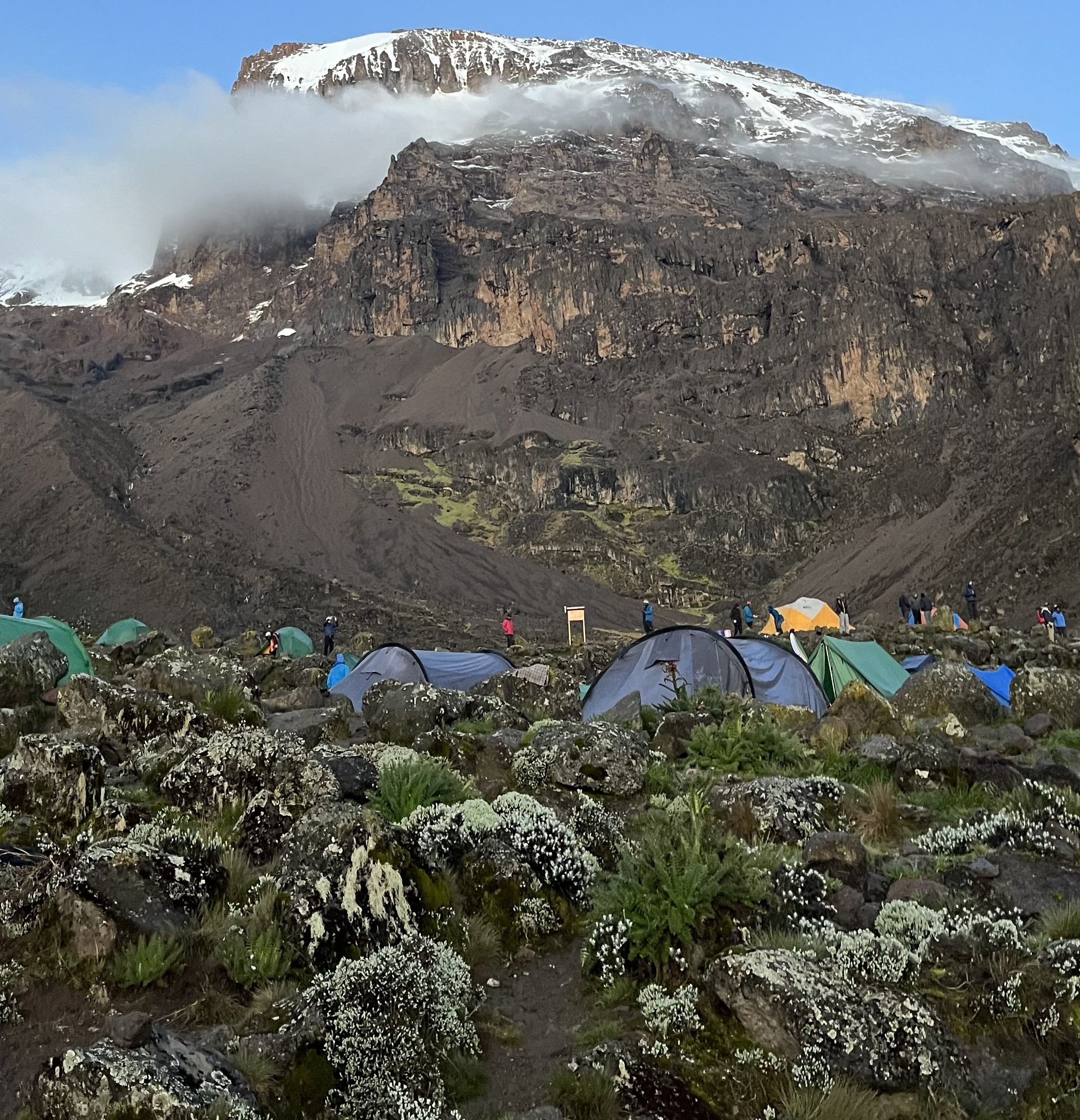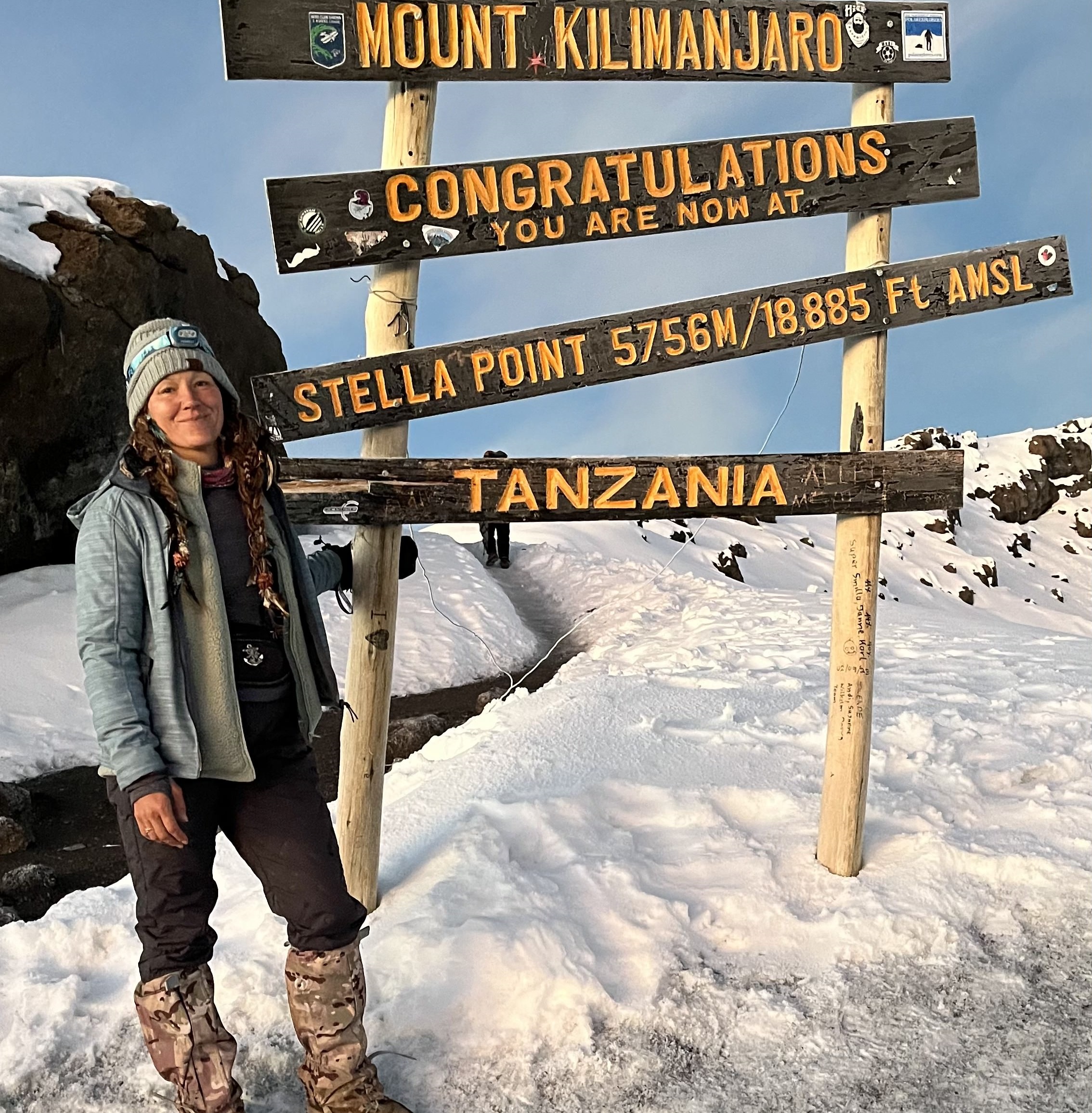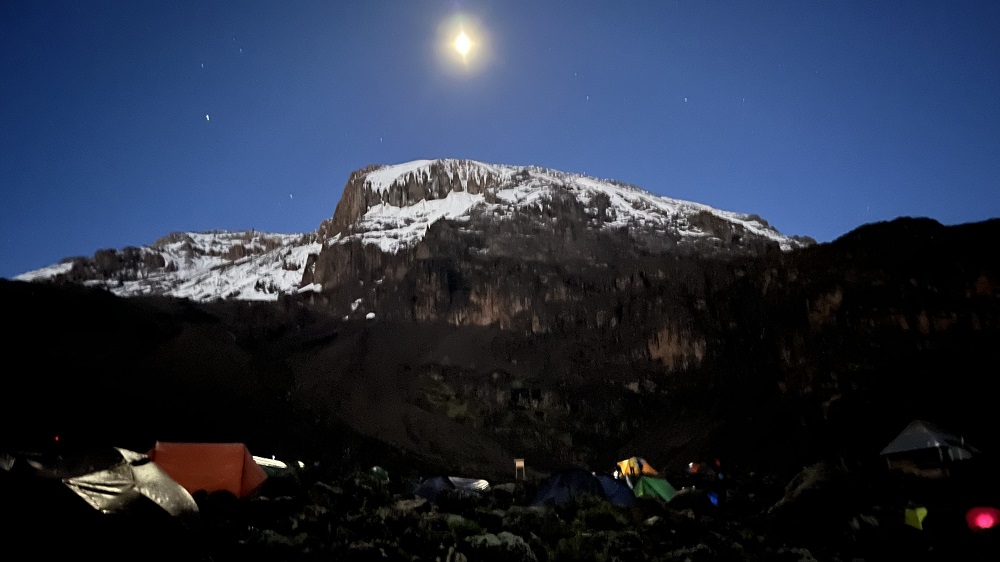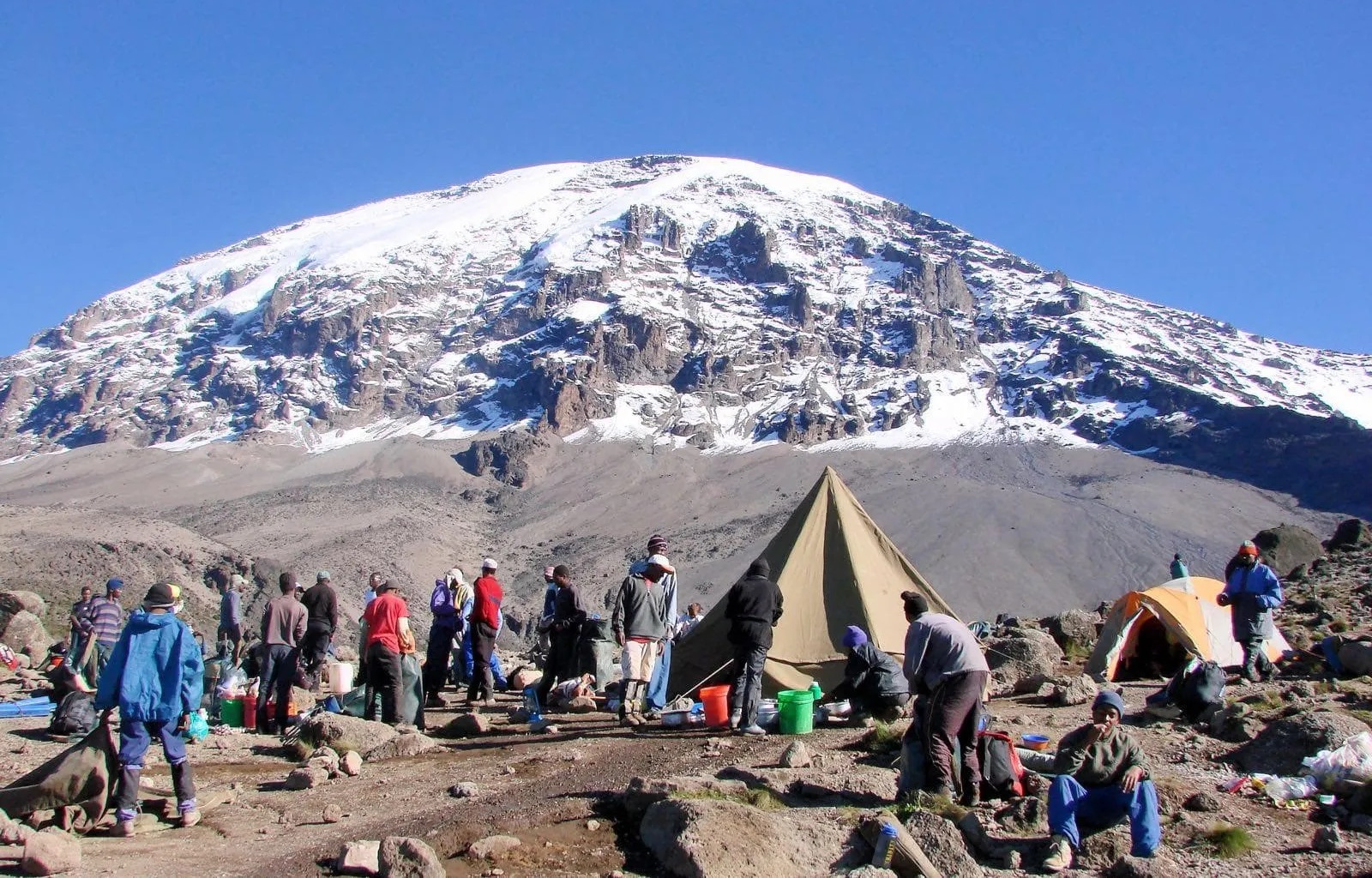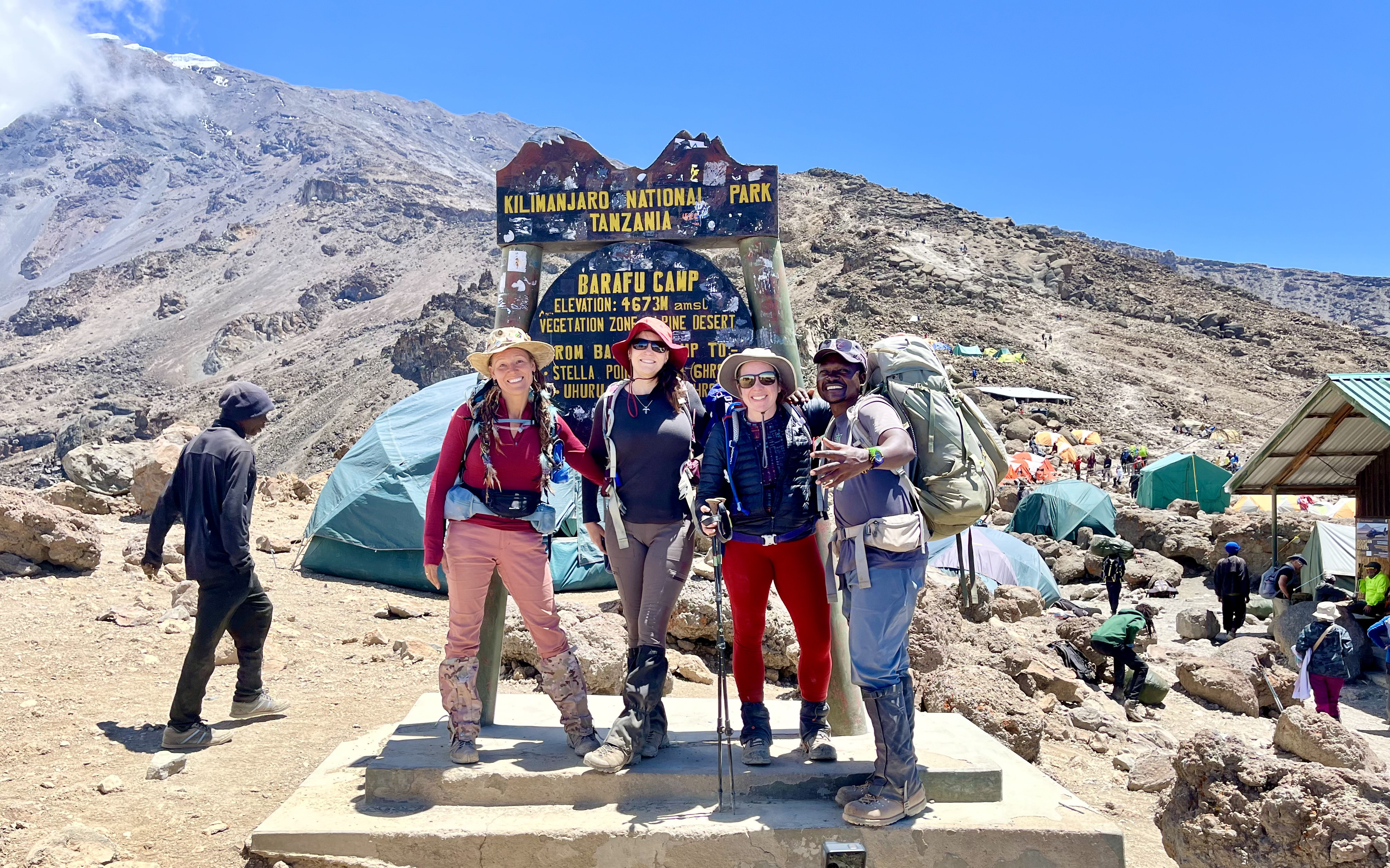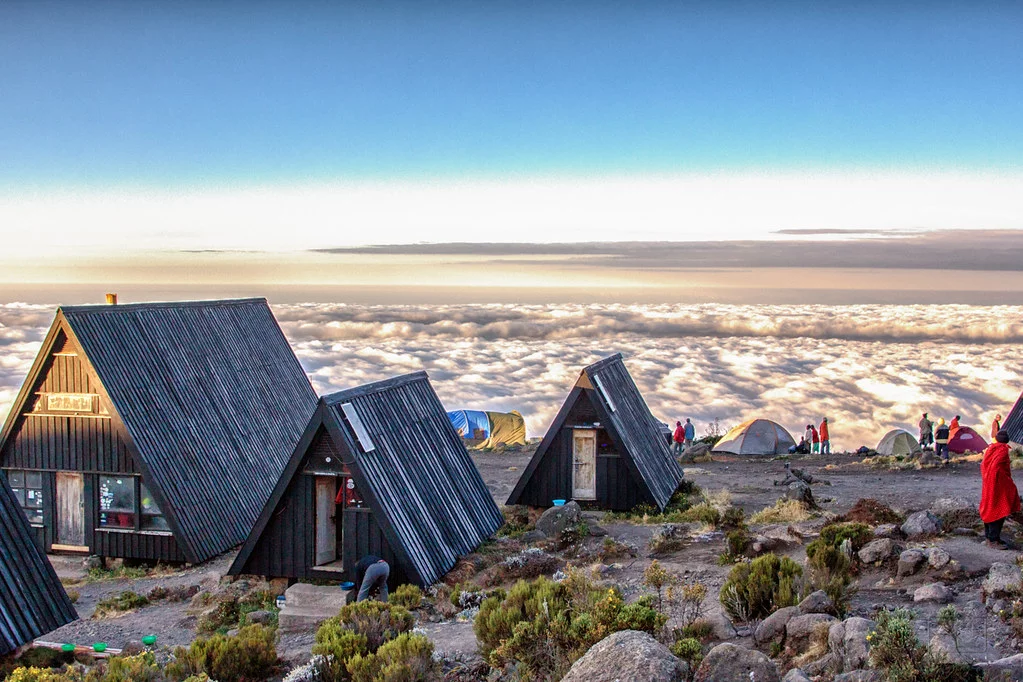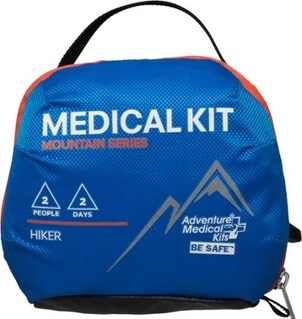Is Climbing Kilimanjaro Safe?
Climbing Mount Kilimanjaro is generally safe, but it requires thorough preparation, a solid understanding of the risks involved, and adherence to safety guidelines. This guide aims to help you understand the key factors that impact your safety while climbing Kilimanjaro, from altitude-related illnesses to the importance of a reputable tour operator. At Lyimo Africa Adventures, we prioritize your safety above all else, ensuring you have a safe and memorable experience.
________________________________________
Why Safety is Crucial on Kilimanjaro
Before diving into the details, it’s important to understand why safety is so important on Kilimanjaro:
1. Remote Location
Kilimanjaro’s summit lies in a remote area, far from hospitals or immediate medical assistance. Should any medical issue arise, the first step is to descend to a safer altitude before further treatment can be provided.
2. Unpredictable Weather
The weather on Kilimanjaro can change rapidly. Temperatures can drop below freezing in the higher altitudes, and snow or strong winds are common. Proper gear and clothing are essential to handle these conditions.
________________________________________
Altitude-Related Illnesses: The Key Risk
Altitude-related illnesses are the most significant risks on Kilimanjaro. These include:
1. Acute Mountain Sickness (AMS)
AMS occurs when the body doesn’t acclimatize properly to the lower oxygen levels at higher altitudes. Symptoms include:
o Headaches
o Nausea
o Dizziness
o Fatigue
o Shortness of breath
Prevention:
o Gradual Ascent: Climbing slowly allows your body to adjust (aim to ascend no more than 300-500 meters per day).
o Hydration: Drink plenty of water to avoid dehydration, which can trigger AMS.
o Proper Nutrition: Eating balanced meals helps maintain energy and support acclimatization.
2. High Altitude Pulmonary Edema (HAPE)
HAPE is the accumulation of fluid in the lungs, which can impair oxygen flow. Symptoms include:
o Shortness of breath
o Chest tightness
o Coughing
o Weakness and confusion
3. High Altitude Cerebral Edema (HACE)
HACE is swelling of the brain due to fluid accumulation. Symptoms include:
o Fatigue
o Confusion and memory loss
o Loss of coordination (ataxia)
o Nausea
4. Heart Attacks
The physical exertion of climbing Kilimanjaro can strain the heart, especially for individuals with pre-existing heart conditions. A full health check-up prior to the climb is strongly recommended.
5. Rock Falls
While most Kilimanjaro routes are safe, the Western Breach area poses a risk for rock falls. We advise against taking this route for your safety.
________________________________________
How to Stay Safe on Your Kilimanjaro Hike
To ensure a safe trek up Kilimanjaro, consider the following safety measures:
1. Choose an Experienced Tour Operator
It’s essential to climb with a reputable operator who prioritizes safety and has experienced guides familiar with the challenges of Kilimanjaro. At Lyimo Africa Adventures, we ensure:
o All head guides are certified Wilderness First Responders (WFR).
o We employ experienced senior guides who are highly skilled in managing the physical demands and medical risks of the climb.
o Comprehensive training for all staff members, including daily health checks for climbers and the use of pulse oximeters to monitor oxygen saturation.
o Our guides are equipped with emergency oxygen and fully stocked first aid kits, in line with WFR standards.
o We have radio and cell phone communication with our office for real-time emergency support.
2. Health Checks and Monitoring
Our guides conduct regular health checks for climbers, ensuring any signs of altitude sickness are promptly addressed. We also carry emergency evacuation tools, including access to helicopter rescues when necessary.
3. Proper Equipment and Hygiene
We provide the right equipment for the climb, including quality gear for varying weather conditions. Proper hygiene is also crucial, with our cooks adhering to hygienic food preparation guidelines and ensuring all water is treated before consumption.
4. Stay Hydrated and Nourished
Dehydration can exacerbate altitude sickness. We emphasize the importance of staying hydrated throughout your climb. Nutritional meals are also provided to maintain energy levels and support the body’s adjustment to the altitude.
5. Monitor Oxygen Levels
We carry pulse oximeters to check your oxygen saturation levels. Low oxygen levels may indicate the need for a descent, helping prevent serious altitude-related illnesses.
6. Physical Preparation
A physically prepared body is key to a successful climb. We recommend engaging in strength training, especially for your legs and core, and cardiovascular conditioning to build endurance.
________________________________________
Safety Procedures During the Climb
• Emergency Evacuation: If you need to descend due to illness or injury, our team ensures that evacuation is handled swiftly and safely.
• Daily Briefings: Before every ascent, we provide detailed safety briefings and equipment checks to ensure climbers are fully prepared for the day's challenges.
• Emergency Protocols: Our guides follow established emergency protocols, and all climbers are registered with Kilimanjaro Search and Rescue.
________________________________________
Essential Tips for Your Kilimanjaro Trek
• Hydrate Frequently: Drink plenty of water and electrolyte-rich fluids.
• Choose the Right Gear: Ensure your gear is appropriate for the mountain’s varied conditions—pack in layers to stay prepared for temperature fluctuations.
• Follow Your Guide's Instructions: Listen to your guides, as they are trained to spot early signs of altitude sickness and can take appropriate action if needed.
• Avoid Overexertion: Don't rush your climb. Take breaks as needed and allow your body time to acclimatize.
________________________________________
Climbing Kilimanjaro is an incredible adventure that requires careful preparation and adherence to safety guidelines. By choosing Lyimo Africa Adventures as your guide, you’ll benefit from expert, experienced leadership, and comprehensive support throughout your journey. We prioritize your well-being, ensuring that your climb is safe, enjoyable, and ultimately, a rewarding experience.
With proper planning, the right operator, and adherence to safety measures, Kilimanjaro can be a safe and unforgettable adventure.

